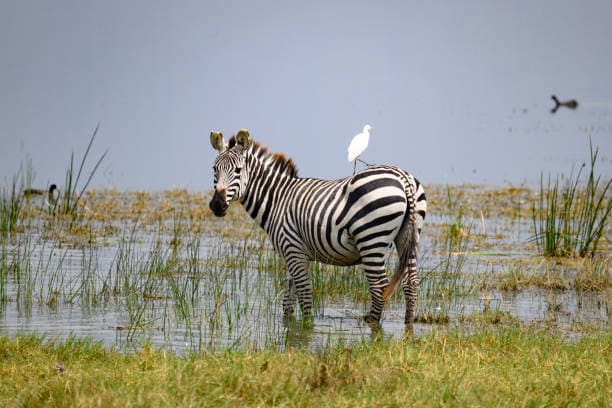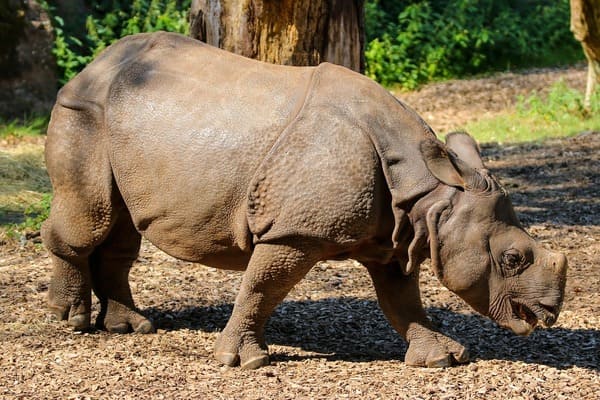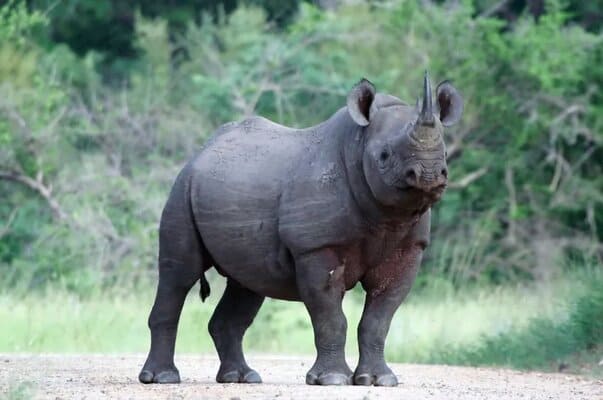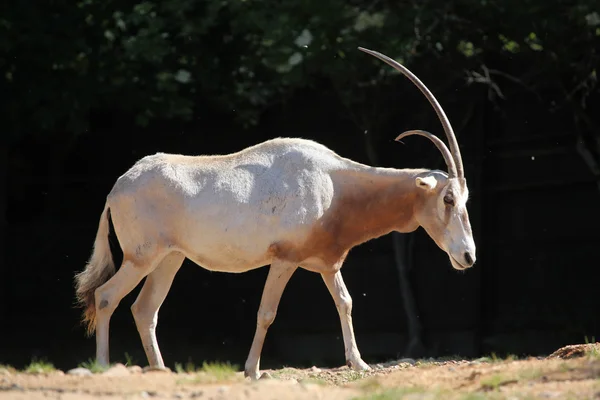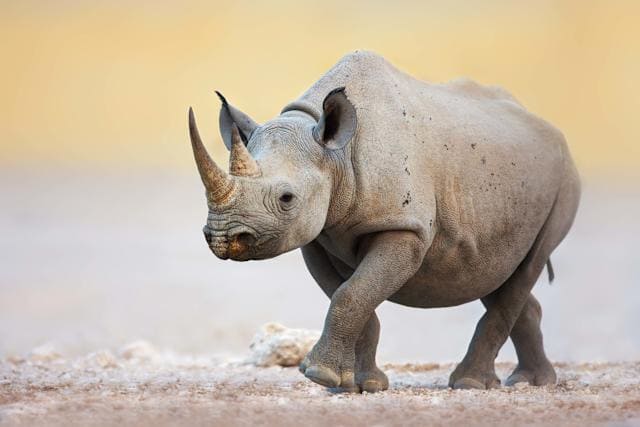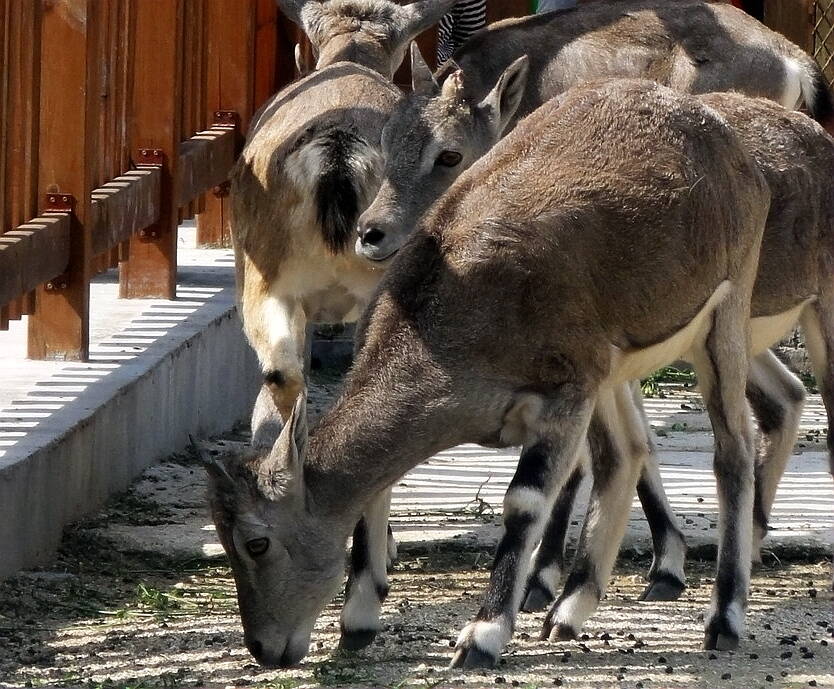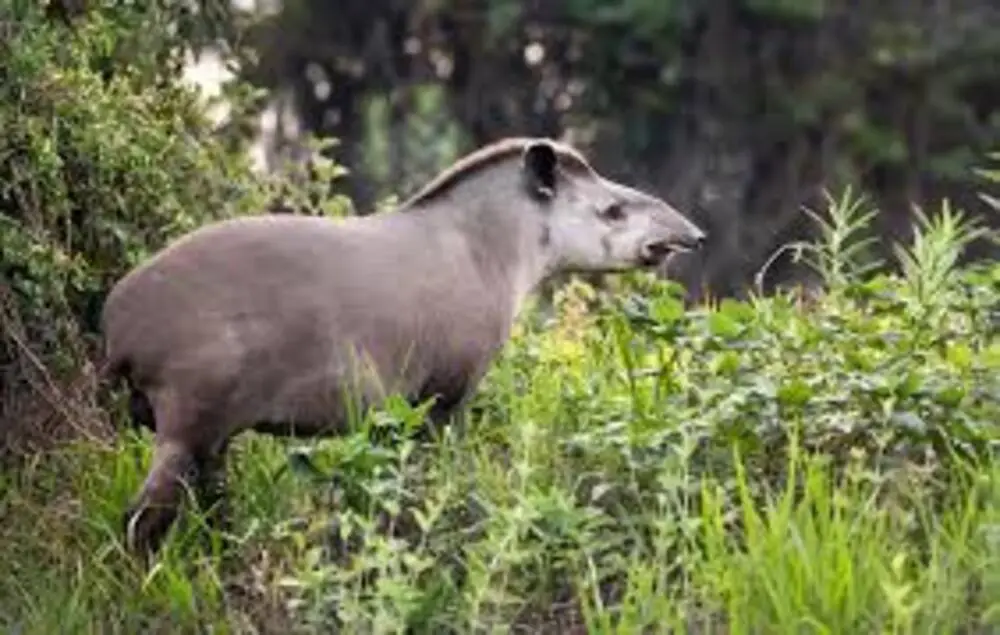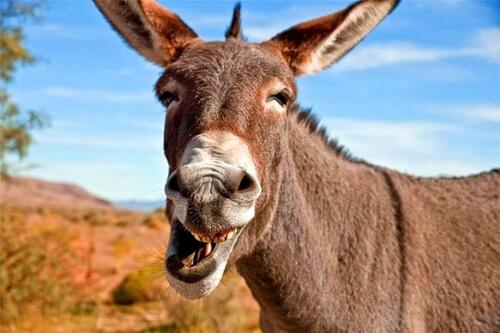Tragelaphus strepsiceros
IUCN
LCBasic Information
Scientific classification
- name:Tragelaphus strepsiceros
- Scientific Name:Tragelaphus strepsiceros,Greater kudu, Greater scimitar-horned antelope, Greater kudu, African kudu, Greater kudu
- Outline:Ungulata
- Family:Artiodactyla Bovidae Sapir
Vital signs
- length:185-245cm
- Weight:120-270kg
- lifetime:About 20 years
Feature
The male has a spectacular spiral horn that can reach over a meter in length.
Distribution and Habitat
Origin: Angola, Botswana, Central African Republic, Chad, Democratic Republic of Congo, Eritrea, Ethiopia, Kenya, Malawi, Mozambique, Namibia, South Africa, Swaziland, United Republic of Tanzania, Zambia, Zimbabwe.
Possibly extinct: Djibouti.
Inhabits woodlands of tropical savannas, especially hilly areas, grasslands, and trees along waterways. Can survive as long as there is sufficient water. They sometimes wander into the plains, but generally avoid open areas to avoid predation.
Appearance
The male takin has a head-body length of 195-245 cm and a weight of 190-270 kg; the female has a head-body length of 185-235 cm and a weight of 120-210 kg. It is a very beautiful antelope. The male has spectacular spiral horns, which can reach an astonishing length of more than one meter. There are 6-10 fine pale stripes on the back and sides of the body, inlaid on the russet to gray-brown body, which is easy to identify and distinguish. The head is darker, with a mountain-shaped white stripe between the eyes. Both sexes have a mane that runs along the middle of the back, and large, round ears that give it a slightly funny appearance.
Male antelopes are larger than female antelopes and make more sounds. Male antelopes have large tufts of mane on their throats. The male antelope's horns are large and twisted 2.5 times, with an average total length of 1 meter. Male antelopes will not start to grow horns until they are 6-12 months old, and they will twist about every 2 years until
Details
Tragelaphus strepsiceros (scientific name: Greater Kudu) has four subspecies.
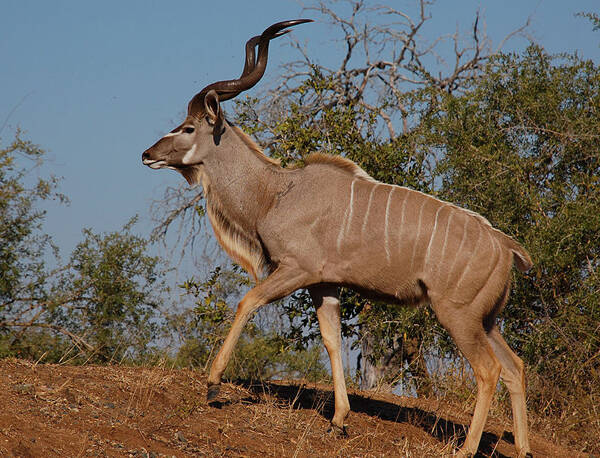
Tragelaphus strepsiceros is generally not very active during the day and hides in the woods. They forage in the morning and evening. Although they tend to stay in the same place, they will migrate to farther places during the dry season; especially in Namibia, where water is scarce, they will migrate once in a short period of time.
Female kudus live in groups of 6-20 with their young, while males are mostly solitary, sometimes forming a group of 4-8. It is rare to gather in groups of up to 40, as this will make the food supply tight. The group can cover an area of 800-1500 hectares, and about 54% of the day is spent foraging. Mature males often use their horns to butt each other until one of them admits defeat. There are also cases where the horns of both sides are entangled, eventually killing both sides. Female kudus sometimes bite male kudus to drive them away.
The Takin feeds mainly on leaves, grasses, vines, fruits, flowers, buds, and sometimes tubers, roots, and fruits. The composition of its diet varies according to the season. The Takin's long legs and neck allow it to feed on food growing in very tall trees, second only to the giraffe. Predators of the Takin include lions, leopards, and African wild dogs. Although cheetahs also prey on them, it is generally difficult to kill adult males, so they mostly target females and young antelopes. When the herd is attacked, adult females will sound a warning. They generally run slower than predators, so many of them escape through the bush.
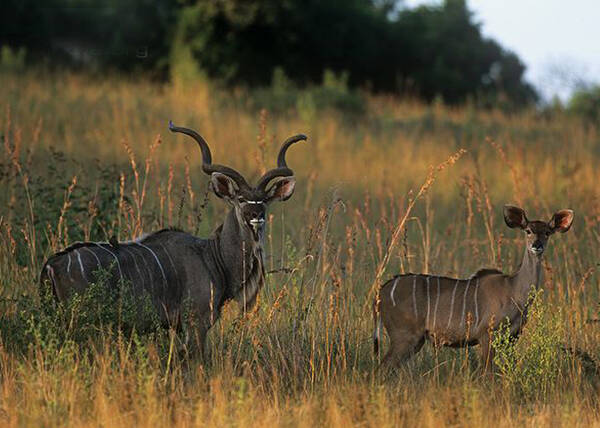
The takin reaches sexual maturity at 1-3 years old. The breeding season begins at the end of the rainy season. Before mating, the male will show his love to the female by wrestling with his neck; the male will then follow the female while making sounds until the female allows them to mate. The gestation period is about 240 days. The young are born in February or March when the grass is lush. Takins give birth to one calf at a time. The calf will initially wait for the female to feed it, but will then ask for it, becoming more active after a few months. The calf will avoid predators for the first two weeks of life; it will follow the herd at 4-5 months. Males will become independent at 6 months, while females will be 1-2 years old. They can live up to 20 years in captivity.
Takins are quite abundant in parts of southern and south-central Africa, but are becoming less common in North Africa. The species is "endangered" in Somalia and Uganda, and "near threatened" in Chad and Kenya. Hunting poses a threat to the takin, which is hunted for its beautiful large horns and edible meat. Human encroachment on woodland and habitat destruction may also have a negative impact on this species. Takin populations are prone to disease outbreaks such as anthrax and rabies, but fortunately, the species can recover quickly from disease-induced mortality.
The takin is well protected in national parks and reserves, such as the Selous Game Reserve in Tanzania and the Kruger National Park and Bavaria Reserve in South Africa. The latter area is part of the important World Heritage Site, the Cape Floral Kingdom.
Listed in the 2016 IUCN Red List of Threatened Species, ver 3.1 - Least Concern (LC).
Protect wildlife and eliminate game.
Maintaining ecological balance is everyone's responsibility!

